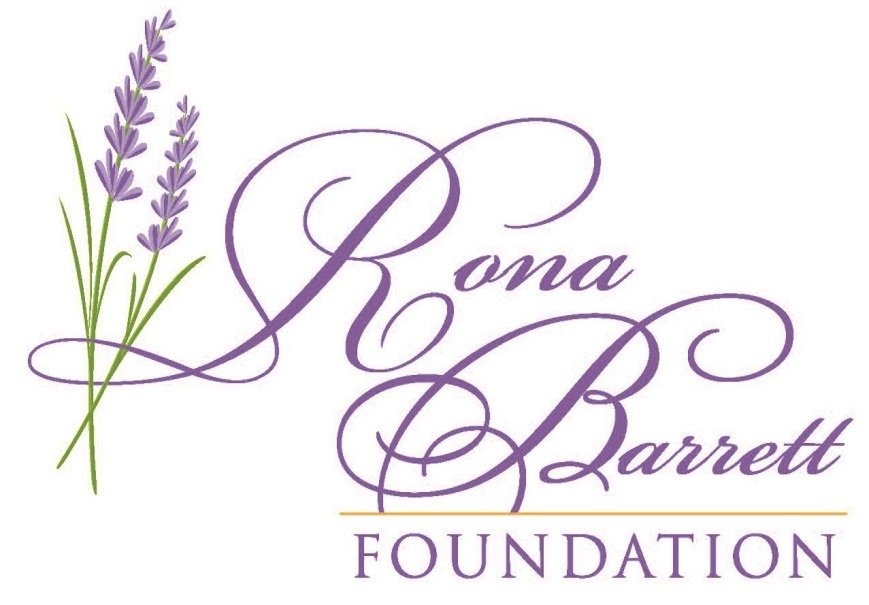By Rona Barrett
Haunted eyes.
Angry glare.
Vacant look.
Scared animal:
It’s the Alzheimer’s stare.
Ever seen these expressions on a loved one? I have.
We know that those who suffer from advanced dementia are lost in a different realm—one we who care for them can’t comprehend.
We try to make our brains rationalize that their cognitive implosion is not a personal affront. But our hearts are crushed by what has been called the sufferer’s “cocoon of confusion.”
But, we can’t help feeling frustrated—if not outraged. We feel our loved one has slammed a door in our face.
Where do they go? What are they thinking? What are they seeing? What is going on behind that closed door?
But now Dr. Bruce L. Miller, who heads the world renowned Memory and Aging Center at UC San Francisco, may have found a new key to partially opening that door.
Miller’s pioneering research demonstrates that while many physical and mental conditions decline with time, creativity is one characteristic that has been observed to improve, both in healthy elders and a significant percentage of elders with neurodegenerative diseases.
For instance, Alzheimer’s patients who lose their ability to express themselves verbally often develop advanced abilities to express themselves visually, giving us painting, drawing and sculpture that offer a rare glimpse into their altered perception of the world.
One utterly fascinating example is American artist William Utermohlen who, in 1995 at the age of 61, was diagnosed with Alzheimer’s. As a way to better understand and explain his condition, he painted a series of self-portraits that documented his debilitating descent into dementia until he could no longer hold a paintbrush and the door was permanently closed.
Please, go to http://www.gvart.co.uk/william-utermohlen.html and study Utermohlen’s series. The GV Art Museum in London describes it as:
“…[A] sense of excruciating slippage, haunting self-loss. In the first [portrait], he is recognizably himself… But over time the perspectives flatten. Details and spatial sense is lost. The face, the self, recedes and is lost in shadows. In the final portrait he is simply a scribbled death-head.”
Inspired by Utermohlen, Dr. Miller oversees an artist-in-residence program fostering dialogue between scientists, caregivers, patients, clinicians and the public concerning creativity and the brain. Each year, an accomplished artist is invited to visit the Center to learn about neurodegenerative disorders. These artists then help patients articulate their trauma and turmoil.
Another program, the Alzheimer’s Association’s Memories in the Making (alz.org), offers those with dementia a real sense of accomplishment and achievement as they paint their thoughts, emotions and memories. Often it can be something as simple as them painting a tropical fish in a tank— a happy memory of a once-forgotten lifelong hobby.
This is the type of innovative program we envision at the Golden Inn & Village’s assisted living and memory care unit — one in which dementia patients utilize artful expression to reconnect with their memories, to communicate — and, possibly, unlock the door and allow us back in.
Until next time…keep thinking the good thoughts.
— For more than 30 years, Rona Barrett was a pioneering entertainment reporter, commentator and producer. Since 2000, she has focused her attention and career on the growing crisis of housing and support for our aging population. She is the founder and CEO of the Rona Barrett Foundation, the catalyst behind Santa Ynez Valley’s first affordable senior housing, the Golden Inn & Village. Contact her at[email protected]. The opinions expressed are her own.






